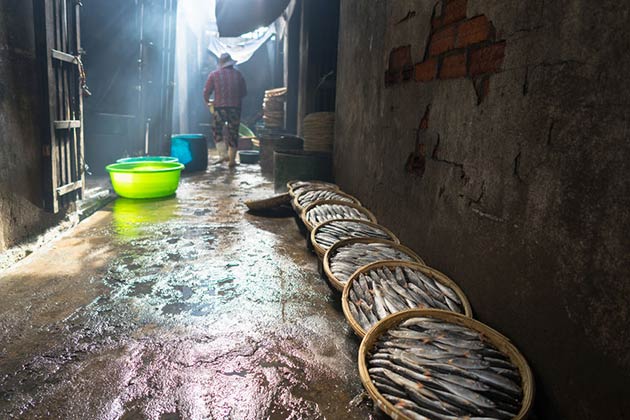Cold Chain Summit convenes in Vietnam
8th February 2018USA: The 2018 World Cold Chain Summit to Reduce Food Loss will be held in Ho Chi Minh City, Vietnam, from March 7-8, 2018.
This will be the fourth World Cold Chain Summit organised by Carrier since its inception in 2014. It focuses on wasting less food and reducing greenhouse gas emissions from food loss through a strengthened cold chain. However, this will be the first to focus on cold chain development efforts in one specific region.
“With new technologies and practices for a more efficient cold chain, significant progress can be made to reduce carbon dioxide emissions, improve cross-border economic activity and help reduce hunger,” said David Appel, president, Carrier Transicold & Refrigeration Systems. “We are proud to convene and engage with experts across private and public sectors to collaborate on developing actionable strategies to help reduce food losses in Vietnam and Southeast Asia.”
The summit will ask food supply chain stakeholders, academics and policymakers to collectively identify significant opportunities in the Vietnamese food supply chain, diagnose root causes leading to losses, and evaluate different cold chain solutions for Vietnam and potentially other developing countries in the fast-growing Southeast Asia region.
The United Nations Food and Agriculture Organisation (FAO) estimates that one-third of all food produced for human use is lost or wasted each year. It estimates that even if only 25% of the global food currently lost was saved, it would be enough to feed 870 million hungry people in the world. The FAO also maintains that food waste is the third largest emitter of greenhouse gas emissions, after the USA and China.
“Of all the perishable food produced in the world today, only 10% is refrigerated,” Appel said. “There is a huge opportunity to cut food waste and improve food distribution by implementing cold chain technology. But to do so effectively, we have to understand local needs, and that’s why we’re focusing this year’s Summit on Vietnam and the Southeast Asia region.”
Vietnam’s food supply chain loses an estimated 5.75 million tons of food per year, accounting for 60% of the country’s entire municipal solid waste, according to a 2011 report by Vietnam’s National State of Environment.
Traditionally, the cold chain logistics sector in Vietnam has been fragmented with small and medium service providers that provide localised services that do not cover the end-to-end food supply chain. Broken cold chain logistics is a common occurrence in Vietnam’s food retail market, especially the general trade channels, which comprise traditional wet markets, family grocery stores and street food shops, accounting for 86% of total retail value.
In the last 10 years, cold chain capacity in Vietnam has quadrupled and, according to cold chain experts in Vietnam, nearly all cold chain logistics facilities are above 90% capacity.
“We believe that it’s not only possible to green the cold chain, but that by better managing the food supply with cold chain technology, we can reduce food loss and waste, feed more people, and reduce greenhouse gas emissions associated with the supply of food,” Appel said. “The goal for the 2018 World Cold Chain Summit is to develop a roadmap to reduce food loss and waste in Vietnam that can also be applied in the APEC region and extended globally.”








